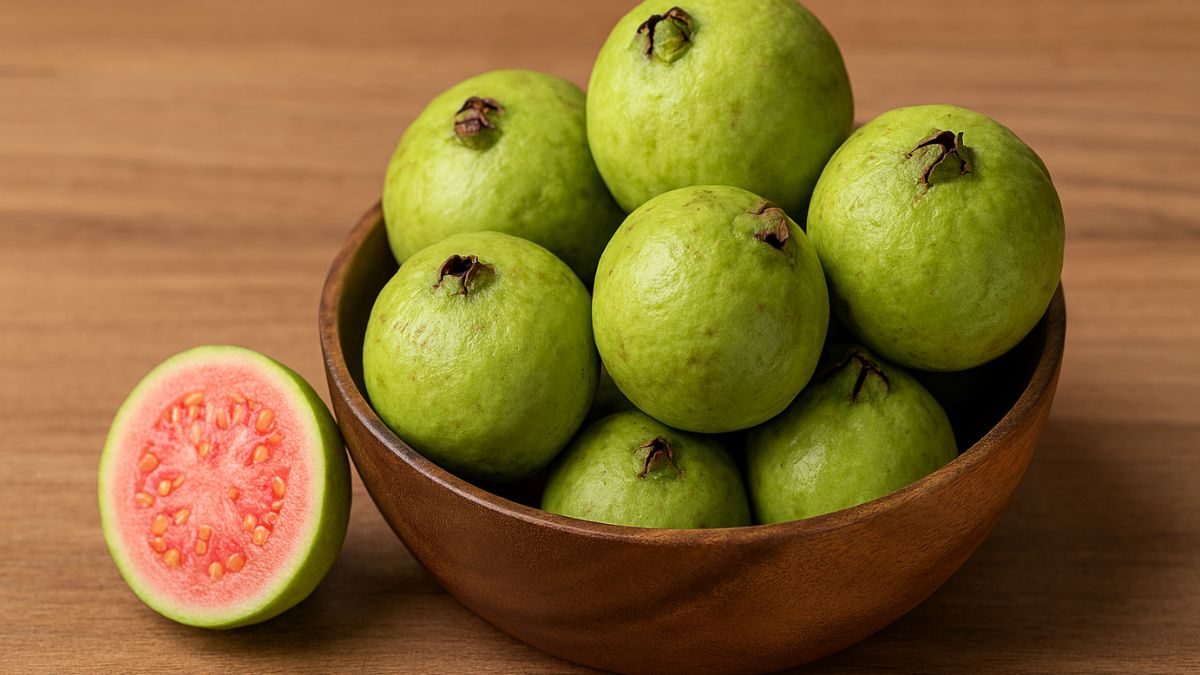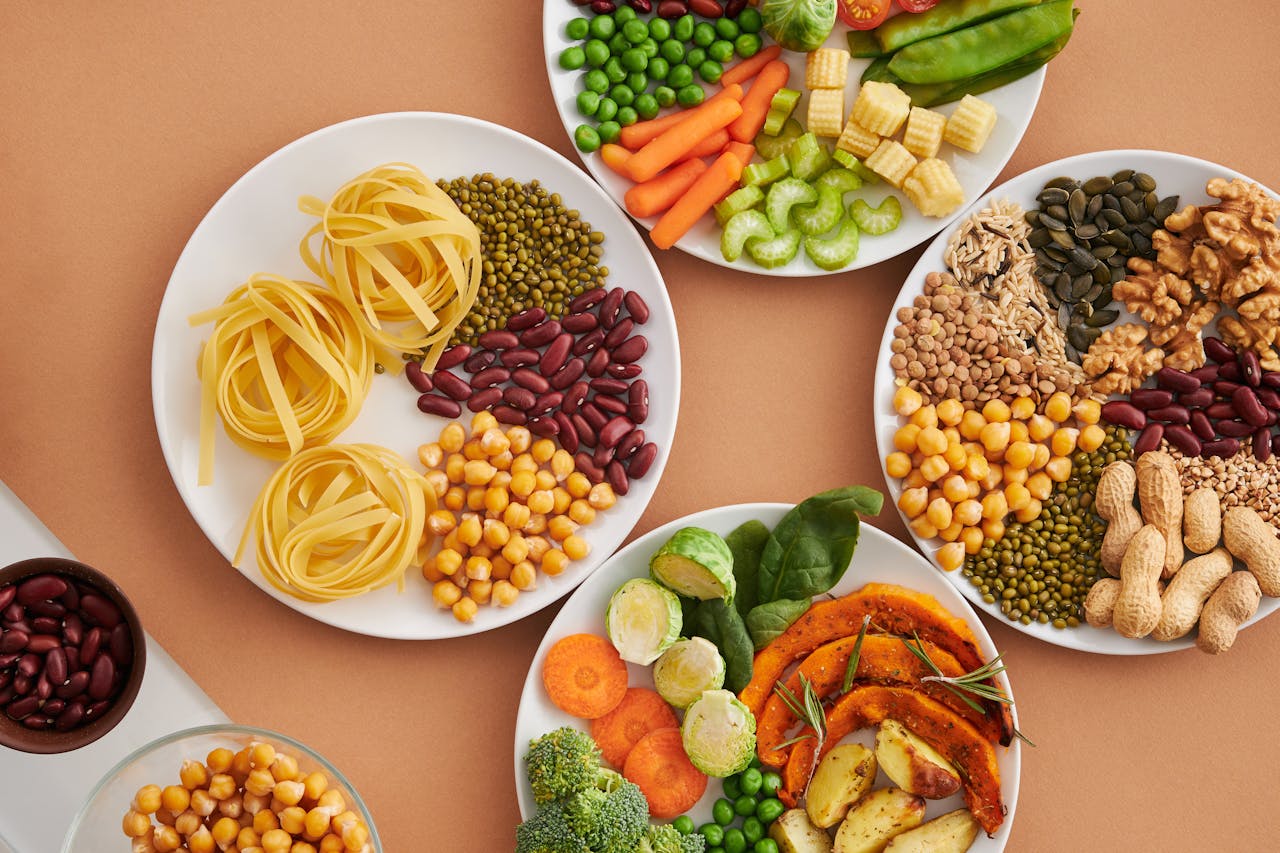The fig is worth so much more than a roll - a classy, subtle fruit that lends itself to sweet and savoury recipes alike and excels against contrasting flavours such as ham and cheese.
It's difficult to write about baking with figs when the only right way to eat a perfectly ripe fig is just as it is - unadulterated - in a few greedy bites. These recipes, then, are for those other figs - the ones that have tipped from tender to overripe; those with tough green skins instead of majestic purple; the watery sort that often disappoint, in cheap punnets. With a brush of honey and set against a creamy goat's cheese cheesecake, even the most average fig will shine. Because their sweetness is more delicate than that of some other fruits, figs work well in savoury dishes, too: with ham, balsamic vinegar and some scattered rocket on an olive oil-enriched dough, they make a fine midweek supper.
Fig, goats' cheese and honey cheesecakes
Recently my cheesecake preferences have shifted away from the mammoth baked versions I used to love and towards something a little lighter. When cheesecakes are set instead of baked, it's easier to balance their richness with brighter flavours and to perfect a velvety finish.

These individual cheesecakes use goat's cheese, as well as the usual cream cheese, which imparts a slight tang - perfect with the fresh, honey-drenched figs on top. Make sure it's the soft kind, otherwise you'll struggle to achieve a smooth texture.
Makes 6
75g butter
125g ginger biscuits
150g soft goat's cheese
100g cream cheese
75g runny honey
2 tsp vanilla extract
A pinch of salt
150ml double cream
5-6 ripe figs
1 Melt the butter over a low heat. While the butter melts, use a rolling pin to crush the biscuits - either in a deep bowl or a freezer bag - until they're reduced to a fine rubble. Pour the melted butter over the crushed biscuits and stir to combine. Divide the mixture between 6 ramekins and pack it down firmly under the back of a spoon. Put the ramekins in the fridge to set the bases.
2 For the filling, beat the goat's cheese in a large bowl to break up any lumps, then stir in the cream cheese, mashing the two cheeses together. Once well combined, add the honey, vanilla extract and salt and stir together. In a separate bowl, whisk the double cream until it's thick enough to fold into soft crests and peaks. Gently fold the whipped cream into the cheese mixture, taking care not to knock all of the air from the cream. Once combined, spoon the filling mixture into the ramekins on top of the chilled bases. Return to the fridge for at least 30 minutes, or until ready to serve.
3 Come serving time, slice the figs into thin segments - eighths or even 16ths - and arrange these on top of the individual cheesecakes in whatever pattern you want. You could even warm a few spoonfuls of honey to brush lightly over the figs if you want, to give them a glossy finish. Serve straight away.
Fig, prosciutto and rocket flatbreads
I often turn to flatbreads for a dinner solution. They're not an instant meal, but they're perfect for long evenings on the cusp of a changing season - make the dough when you arrive home from work; use the rising time to run errands, reply to emails or have a long bath; shape them, top with slivers of fig and salty prosciutto and bake. This bread is a meal in itself.

Makes 6
320g strong white flour
7g instant dried yeast
¾ tsp salt
A generous grind of pepper
3 tbsp olive oil
160ml lukewarm water
6 ripe figs
60g prosciutto
3 tbsp honey
1½ tbsp balsamic vinegar
3 tbsp olive oil
A couple of handfuls of rocket
1 In a large bowl, stir together the flour, yeast, salt and pepper. Pour in the oil and water and use your hands to mix the ingredients together to give a sticky dough. Tip the dough on to a clean surface and knead for 5-10 minutes. There's no need to overdo it: flatbreads don't need quite the same dough strength to rise as larger loaves; in fact, it'll be easier to roll these out if you don't knead too much.
2 Once kneaded, return the dough to the mixing bowl, cover with clingfilm and leave to rise for around an hour at room temperature, or until almost doubled in size. Don't be tempted to put the bowl in a really warm spot - such as an airing cupboard or near a radiator - or the yeast will work too quickly and wear itself out, leading to denser, drier bread in the long run.
3 Divide the risen dough into six equal portions and roll each out on a lightly floured work surface to an oval that's 5-10mm thick. Grease a couple of large baking trays, arrange the dough pieces over them and leave to rise for 30 minutes until visibly puffier. Preheat the oven to 200C/400F/gas mark 6.
4 While the dough has its second rise, cut the figs into thin slices or segments and tear the prosciutto into ragged ribbons. In a small jug, whisk the honey and balsamic vinegar together then slowly pour in the oil, whisking all the while. Season to taste.
5 Arrange the prepared fig and prosciutto over the flatbreads, pushing gently in with your fingertips to partly embed the toppings. Take care not to completely deflate the dough, though - you only want to dimple it. Leave to rise for a further 10 minutes.
6 Drizzle a little of the honey and balsamic dressing over each flatbread and bake them for 15 minutes in the preheated oven. Once cooked, top with a few leaves of rocket and enjoy while still warm.
Ruby's new book Crumb (Chatto & Windus, £20) is now available. To order a copy for £13 with free UK p&p, visit theguardian.com/bookshop or call 0330 333 6846.













